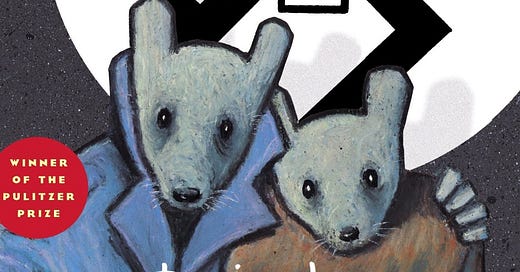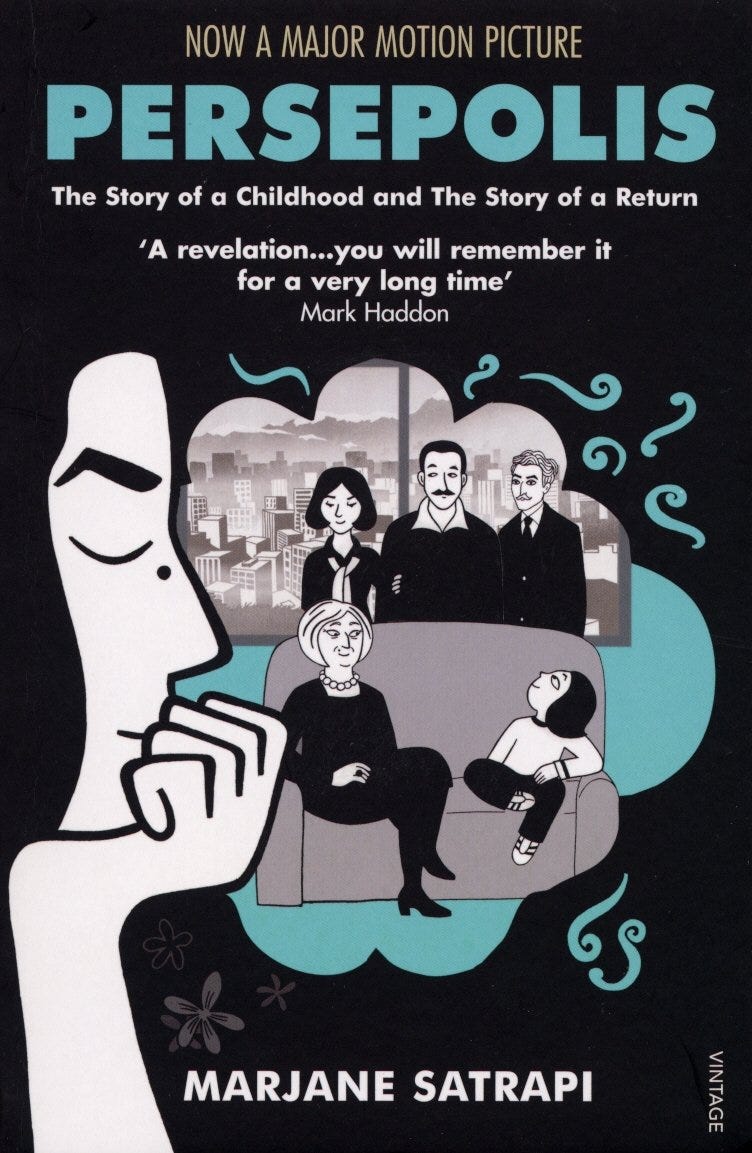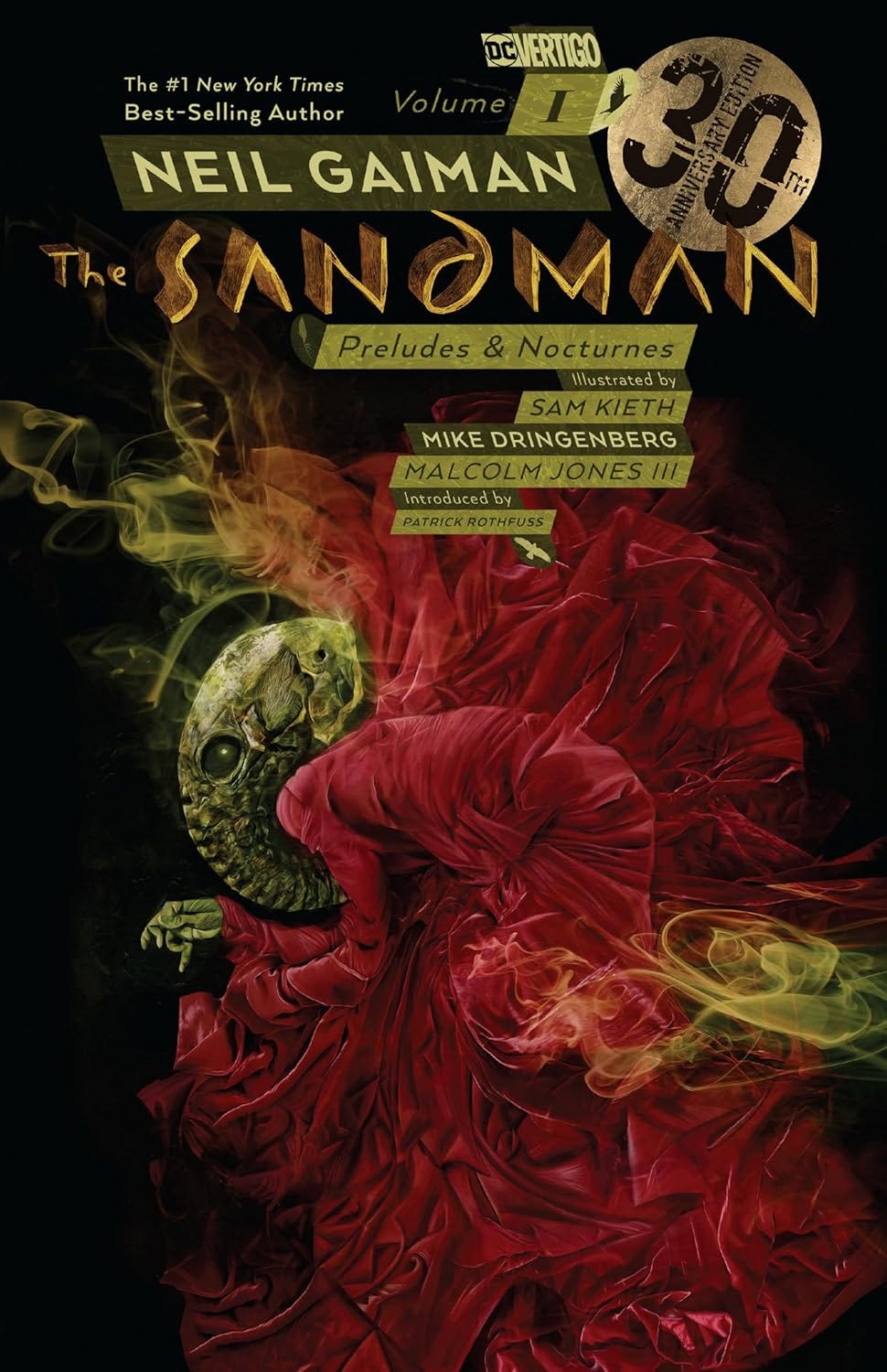The Day You Discovered Graphic Novels That Matter
How three illustrated stories can change the way you read
Hi Reader,
I ignored graphic novels until I read one that blew my mind. I couldn’t believe how powerful art and words can be together. I’ll share the three best titles so you don’t waste time sorting through dozens.
Graphic novels work on two levels: image and text.
The main trick is balance.
Powerful scenes need simple art and clear dialogue. A single panel can say more than a page of prose.
Don’t fight it.
Now, the three books:
Book 1: Maus
Author: Art Spiegelman
Genre: Graphic Memoir / History
Amazon Rating: 4.8 out of 5 stars (10,000+ reviews)
Summary:
Vladek tells his son how he survived the Holocaust. Panel by panel, mice and cats show predator and prey. Art records each story in black and white. He weaves past trauma into present-day father‑son conflict. The result feels immediate and unforgettable.
Why You Should Read It:
Combines memoir with stark visual metaphor
Uses simple art to convey deep emotion
Earned a Pulitzer Prize for its clarity and impact
Book 2: Persepolis
Author: Marjane Satrapi
Genre: Graphic Memoir / Coming‑of‑Age
Amazon Rating: 4.6 out of 5 stars (6,500+ reviews)
Summary:
Marjane grows up during the Iranian Revolution. She faces strict rules at home and school. Panels shift between her life in Tehran and exile in Vienna. Her simple line art captures humor and heartbreak. Each scene feels immediate and personal.
Why You Should Read It:
Presents history through one girl’s eyes
Balances light moments with serious themes
Artwork matches the tone—bold and honest
Book 3: Sandman: Preludes & Nocturnes
Author: Neil Gaiman, Sam Kieth & Mike Dringenberg
Genre: Fantasy / Graphic Novel
Amazon Rating: 4.7 out of 5 stars (7,000+ reviews)
Summary:
Dream, the Lord of Dreams, is captured and imprisoned. He breaks free to reclaim his lost tools of power. Each issue blends horror, myth, and dark fantasy. Art styles shift to match the dream world’s mood. The story sets up a vast saga of myth and imagination.
Why You Should Read It:
Launches one of comics’ most acclaimed series
Mixes literary themes with inventive visuals
Draws you into a richly layered dreamscape
A Little Surprise
A single illustrated card drifts from the pages:
“You read the art—now live the story.”
Your Fellow Reader,
Mayur
Discover more graphic tales in our next issue.
Keep reading and see where art and story intersect.






